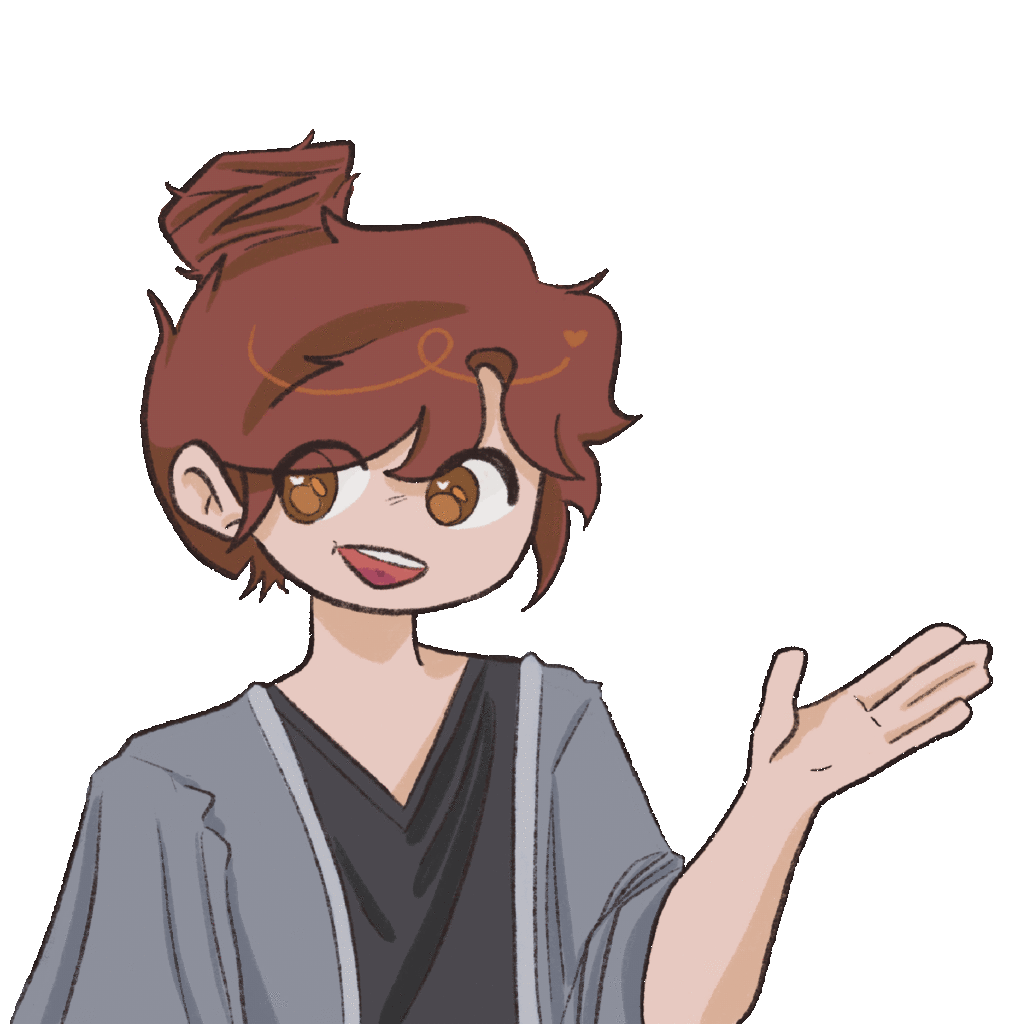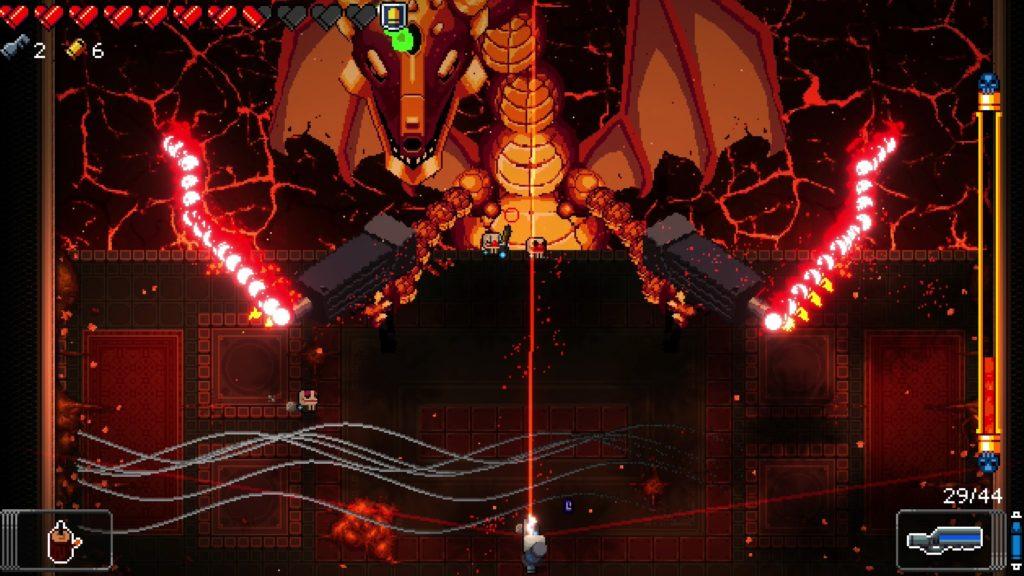I am a master’s student in Civil Engineering who previously worked as a software engineer in the construction industry for ten years. I chose this course purely out of interest, as I spend almost all my free time playing games.
Before taking this course, I always thought game development was just another form of software engineering. After all, in my previous work on digital twin systems, I had experience with modeling, rendering, and game engines. I thought I had mastered the entire tech stack needed for game development. However, when I actually started trying to create a game, I found myself completely at a loss—I didn’t understand what makes a good game “fun.” While I could build a smoothly running system, I had no idea how to create an immersive gaming experience that would captivate players.
This course introduced me to the MDA framework, and for the first time I realized: Fun can be explained and even designed. The joy in games is not accidental, but rather a “design goal” that can be systematically considered. By understanding the relationship between Mechanics, Dynamics, and Aesthetics, I began to re-examine every game I had played and tried to understand why they were able to make me have fun.
When I first did the Sketch Note assignment, I almost wanted to give up. I had always believed I had no drawing ability whatsoever, nor any so-called “artistic” creativity. As someone with an engineering background who had received years of technical training, I even felt that “expressing myself” was something luxurious and useless. But after several classes, with the guidance and encouragement of the teaching team, I gradually realized: creativity had never left me, it had just been suppressed for too long. I used to draw and design houses as a child; I had simply forgotten that feeling of self-expression and creative immersion. With each completed Sketch Note, I gradually rediscovered that long-lost joy. They might not be the most perfect works, but they are genuinely “my works.”
During this process, I also understood for the first time what Design truly means. CS 247G was the first design course in my life. Previously, design to me was just interface layout and functional interaction. Now I understand: Design is not just about whether a system is usable, but more about whether the feelings during use are reasonable, whether emotions are respected, and whether stories are heard. This understanding taught me to think in a different way beyond my role as an engineer who only focuses on cost and feasibility.
In the first project of this course, my team and I designed a social deduction game called “Rumors.” The biggest challenge for me in this project was participating in a complete gameplay design process from scratch for the first time. We had to construct characters, relationships, and information transmission methods, while making the entire process tense, interesting, balanced, and reasonable. I discovered that even after learning game design processes, it’s very difficult to directly design an interesting experience—only through constant playtesting and adjustment can you find the fun.
In the second project “YuGong: Prologue,” I formed a three-person team with two teammates to develop a 2D platformer rogue-like card battle game with mythological narrative. This project was my first attempt at integrating world-building, level structure, and character interaction to create a complete narrative experience. This project was closer to a complete indie game—we had to develop logic, design music, art and narrative, as well as level design. I experienced the complexity of game development, but this process was extremely exciting.
Playing games will always be my favorite thing, and I think I’ll keep playing until the last day of my life. But now I’ve discovered that making games is more interesting than playing games. Perhaps I won’t become a full-time game developer, but I will do my best to keep trying and refining in my future spare time, even if it’s just bit by bit, hoping to create a game that players will love.



